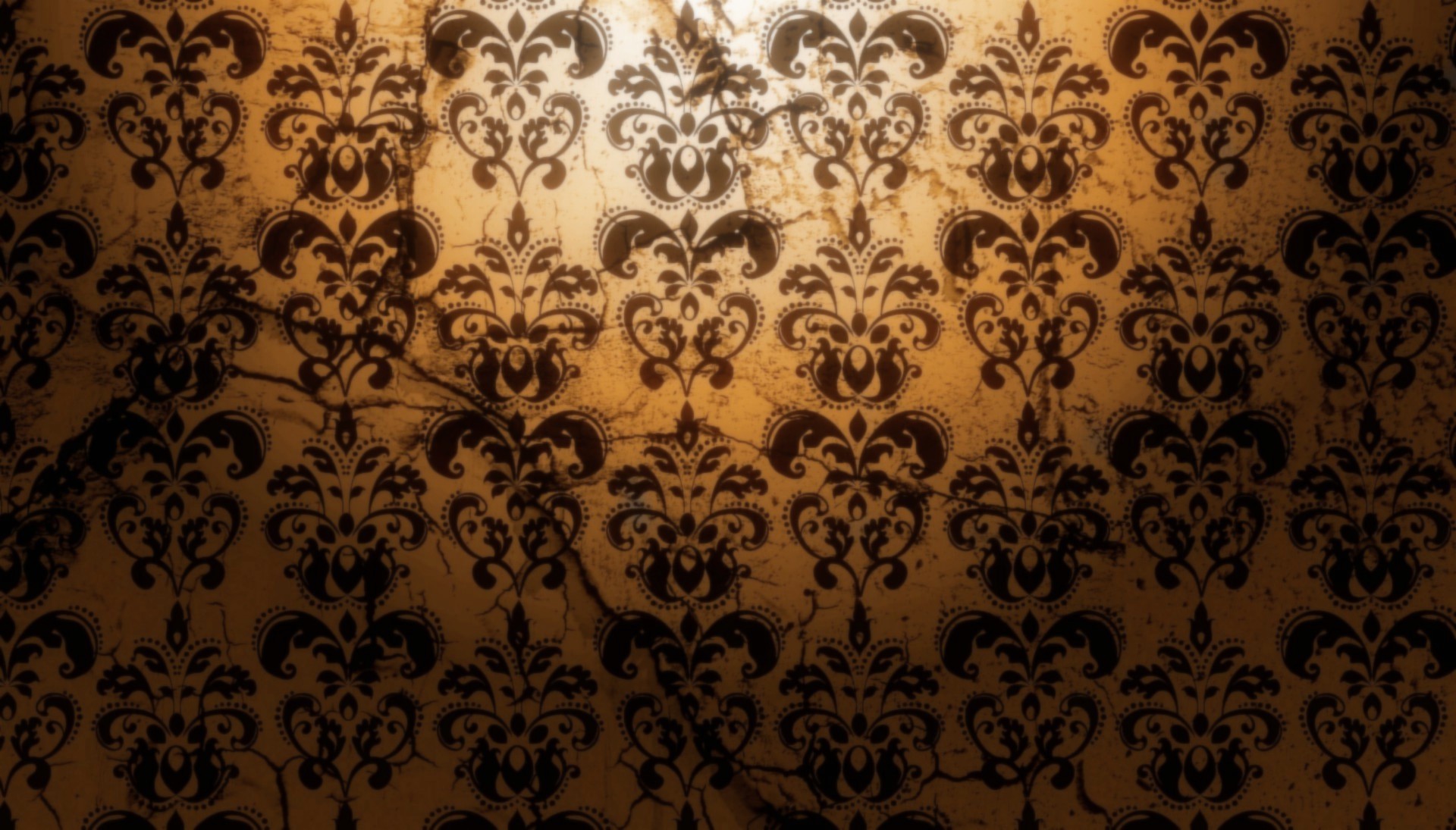/ Peered into the mysteries of human existence with a hope of solving the imponderables /
.
 By 1825, Delacroix had accomplished just that in a series of black-and-white lithographs — an interesting choice, given Goethe’s writings on the psychology of color and emotion — which created a mesmerizing dialogue across disciplines between these two geniuses, half a century apart in age. The result was a fine addition to history’s greatest artistic interpretations of literary classics.
By 1825, Delacroix had accomplished just that in a series of black-and-white lithographs — an interesting choice, given Goethe’s writings on the psychology of color and emotion — which created a mesmerizing dialogue across disciplines between these two geniuses, half a century apart in age. The result was a fine addition to history’s greatest artistic interpretations of literary classics.
Upon seeing Delacroix’s drawings for his masterwork, 76-year-old Goethe wrote to his good friend Johann Peter Eckermann:
The more perfect imagination of such an artist forces us to think the situations as well as he has though them himself. I must now admit that M. Delacroix has surpassed my own conception in certain scenes!
In 1828, Delacroix’s lithographs were published in Paris as a rare large-format folio. For more than a century, these exquisite drawings remained virtually unknown. In 1932, New York’s Heritage Press finally resurrected them in Faust: A Tragedy (public library) — a gorgeous limited-edition slipcase volume, featuring reproductions of Delacroix’s eighteen lithographs restored through a collotype process.
Ferdinand Victor Eugène Delacroix was a French Romantic artist regarded from the outset of his career as the leader of the French Romantic school. As a painter and muralist, Delacroix’s use of expressive brushstrokes and his study of the optical effects of colour profoundly shaped the work of the Impressionists, while his passion for the exotic inspired the artists of the Symbolist movement. A fine lithographer, Delacroix illustrated, as well, various works of William Shakespeare and the Scottish author Walter Scott.
OTHER CONCEPTS



